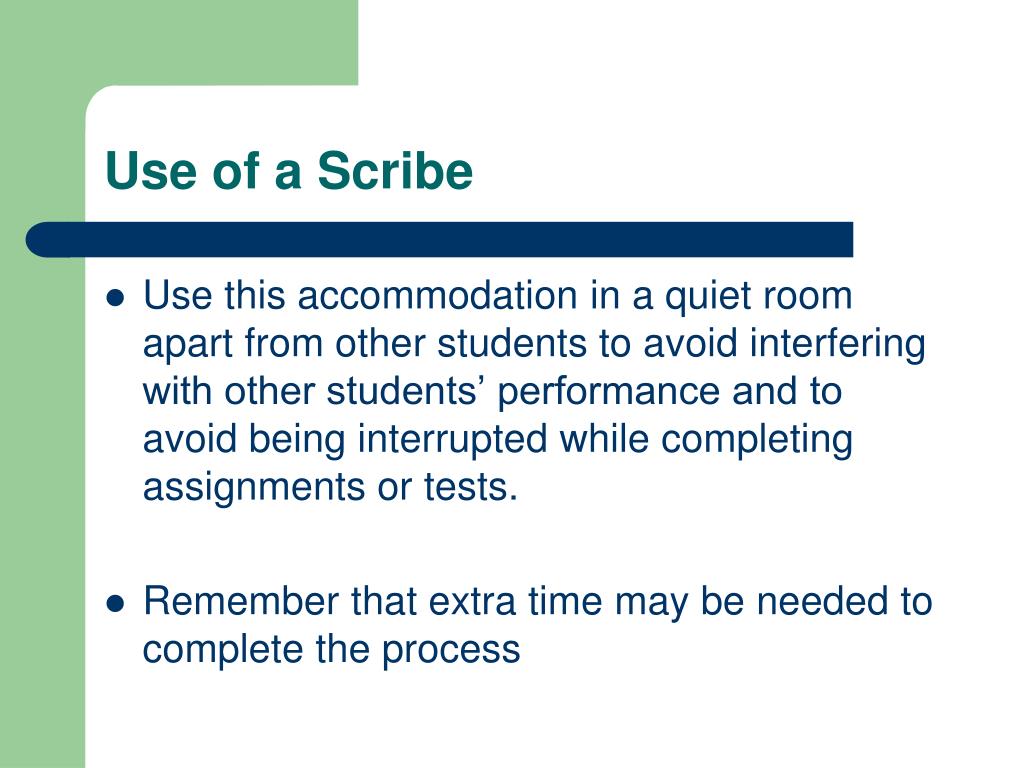


Increased volume in the ED means providers spend less time with each patient, but because surge times typically only last a few hours, calling in additional clinical staff is often too slow to affect the immediate situation. Managing ED patient surge volume is another area where scribes give value. Both the doctor and patient benefit from focusing on the visit, not the EMR. Scribes alleviate that responsibility so the doctor can interact with the patient face-to-face without the intrusion of a computer screen. Better Bedside Mannerĭoctors forced to interact with the EMR during a patient visit tend to be less communicative, splitting their time between the patient and computer. Being relieved of the duty to take notes and document the chart in real-time lets providers be more productive, and see more patients during their shift than they could otherwise. The use of scribes increases provider efficiency and decreases documentation burdens. Look for a future post on the advantages of speech-to-text resources. In this post, we profile the top nine benefits of scribes experienced by most EM and HM doctors. Schillinger described are sufficient to warrant the use of medical scribes, or speech-to-text dictation, the advantages are far more numerous. In turn, the result is improved documentation, expedited patient throughput, and an enhanced patient experience,” says Dr. “When a hospital commits to utilizing either medical scribes or speech-to-text EMR resources, they are committing to improving the physician experience by getting them away from the EMR. This allows the provider to speak directly into the computer when documenting patient encounters. Also, notes entered during the actual episode of care means fewer required entries at the end of the day.Īs the industry evolves, speech-to-text EMR dictation tools are quickly becoming the resource of choice for provider documentation. The scribe takes notes in real-time as the doctor interacts with the patient and alerts the doctor to questions he or she may need to ask, such as social or family history. “A benefit of scribes is that they can look up details, such as: what’s in old records, nurse’s notes, medications the patient is taking, and things the doctor can’t readily recall,” explains Dr. Scribes work as on-premise or virtual assistants to EM and HM physicians and are responsible for entering information into the medical record with the doctor’s oversight. That includes both scribes and dictation resources,” said David Schillinger, M.D., Chief Medical Officer, SCP. “It is important for hospitals to support methods that improve provider efficiency, productivity, and documentation. The push to develop and deploy EMRs, combined with the need for more detailed documentation, has forced emergency medicine (EM) and hospital medicine (HM) providers to spend extra time during patient visits capturing and entering data, which could impact the time they have to give care to the patient.Ī solution to increase provider efficiency is the use of medical scribes or a speech-to-text EMR dictation resource.


 0 kommentar(er)
0 kommentar(er)
